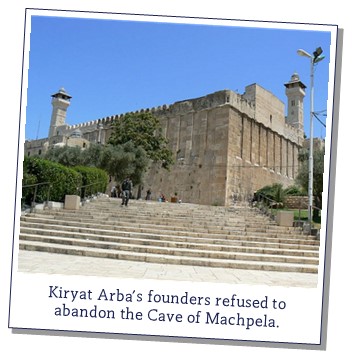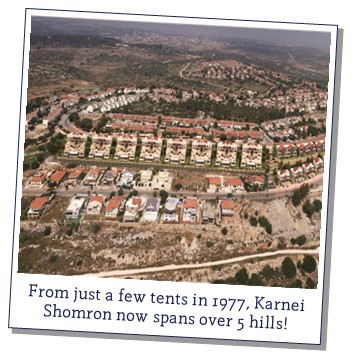An Eye on Zion: Jordan Valley
Shortly after the People of Israel liberated the Biblical Heartland once again in 1967, courageous pioneers seized the opportunity that finally arrived after centuries of tears and yearning—to restore the region to its former glory! They eagerly faced the challenge of replenishing and reviving the hot, scorching desert of the Jordan Valley where their ancestors, several millennia earlier, took their first breaths in the Land.








